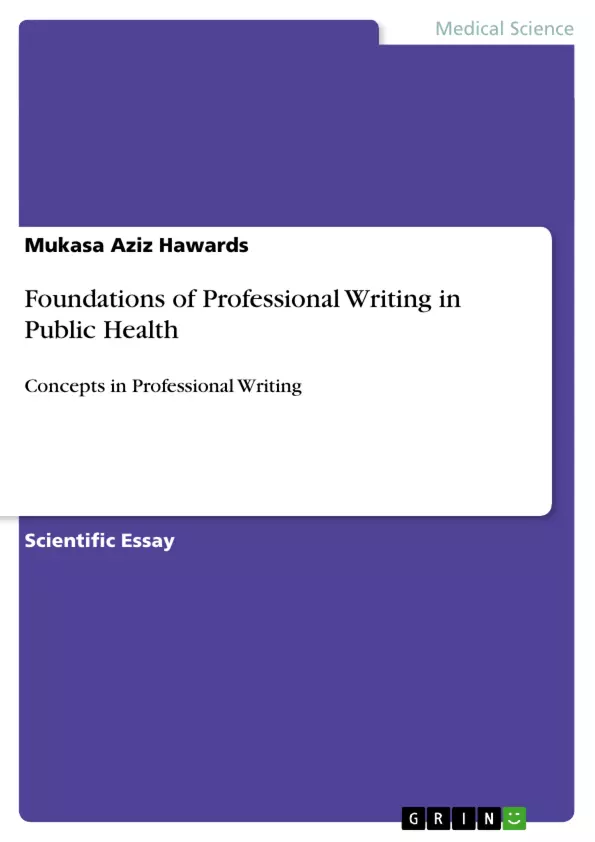Communication is a process of interacting involving the sharing and transfer of information amongst individuals that could be in proximity or at distant locations. The fact acknowledging the interactive nature of human beings also further affirms that the aspect of communication is inbuilt and not an acquired one at any time in life. However, being inborn does not mean that it remains fixed at a certain point but rather due to various dynamics in life communication undergoes development from one stage and it is this loyal concept that has allowed communication to modify into the sophisticated models observed in today’s civilization.
History has it that the ancient medieval world though currently considered to be old fashioned and somewhat primitive lifestyle yet evidence from fossils, astrology, has provided millions of ancient origin manuscripts containing written records in form of symbols, insignias, signs, and drawn compositions relating to communication amongst different parties. In this consideration the modern person of today’s world of civilization will boastfully disregard the ancient work and their contribution towards our current literature only if he fails to realize that writing has only developed into the current standards but was initially started by the human predecessors of the ancient generations.
To eliminate this form of useless anonymity from our beliefs we should consider for instance the ancient civilization of Egypt where currently the astrologic discoveries have consequently discovered the writings on the walls and the Chinese calligraphy where both of these are core cornerstones in the development of art and active communication through written form and material. (American Medical Association Manual of Style, 1998)
Writing is basically a skill involving the scribing marks, symbols, drawings and diagrams on any material where it can be realized, interpreted and used for some future reference by different parties. Writing can be used for various purposes of expression, interaction, and communication while using the suitable parameters (symbols, marks, signs, diagrams, drawings) that hold basic meaning of that very time and can be used to transfer knowledge and information to the next generation.
Inhaltsverzeichnis (Table of Contents)
- 1.0 Introduction.
- 2.0 Chapter One
- 2.1 The Rationale of Communication in Public Health
- 2.2 Why Written Communication?
- 2.3 What is writing? .
- 3.0 Chapter Two
- 3.1 The History of Writing..
- 3.2 The Birth of Writing in Egypt......
- 3.3 The origin of the alphabets in Phoenicia and Greece..
- 3.4 The Elements of Writing..
- 3.5 Types of Writing
- 4.0 Chapter Three..
- 4.1 Intellectual Considerations.
- 4.2 The APA recommended writing style.
- 4.2.1 General formats of papers in the APA style..
- 4.2.2 General contents of the literature review paper and the experimental report................21
- 4.2.3 Dealing with Quotations, paraphrasing, summarizing and Citations.
- 4.2.4 The APA Referencing Styles.
- 4.2.4 Examples of the APA Referencing Styles.
Zielsetzung und Themenschwerpunkte (Objectives and Key Themes)
This essay explores the essential aspects of professional and scientific writing, particularly in the context of public health. It aims to guide the reader through the rationale of communication in public health, the evolution of writing, and the essential elements of effective writing, focusing on the APA style.- The importance of effective communication in public health
- The history and development of writing as a means of communication
- The key elements of professional and scientific writing
- The APA style as a standard for scientific writing
- The significance of intellectual property and plagiarism in academic writing
Zusammenfassung der Kapitel (Chapter Summaries)
Chapter one introduces the fundamental role of communication in public health, highlighting the challenges and opportunities presented by its diverse applications. It emphasizes the significance of effective communication in fostering transparency, trust, and accountability within the public health sphere.
Chapter two delves into the historical evolution of writing, tracing its roots from ancient civilizations to the development of modern alphabets. It examines the essential elements of writing, including its various forms and purposes.
Chapter three focuses on the intellectual aspects of professional and scientific writing, emphasizing the importance of clear and concise communication. It introduces the APA style as a widely accepted standard for scientific writing, providing guidelines for formatting, content, and referencing. This chapter also emphasizes the importance of intellectual property and plagiarism in academic writing.
Schlüsselwörter (Keywords)
This essay focuses on the development of intellectual and scientific writing skills within the context of public health. Key concepts explored include communication, public health, writing, APA style, intellectual property, plagiarism, and scientific writing.- Quote paper
- Mukasa Aziz Hawards (Author), 2013, Foundations of Professional Writing in Public Health, Munich, GRIN Verlag, https://www.grin.com/document/264198



